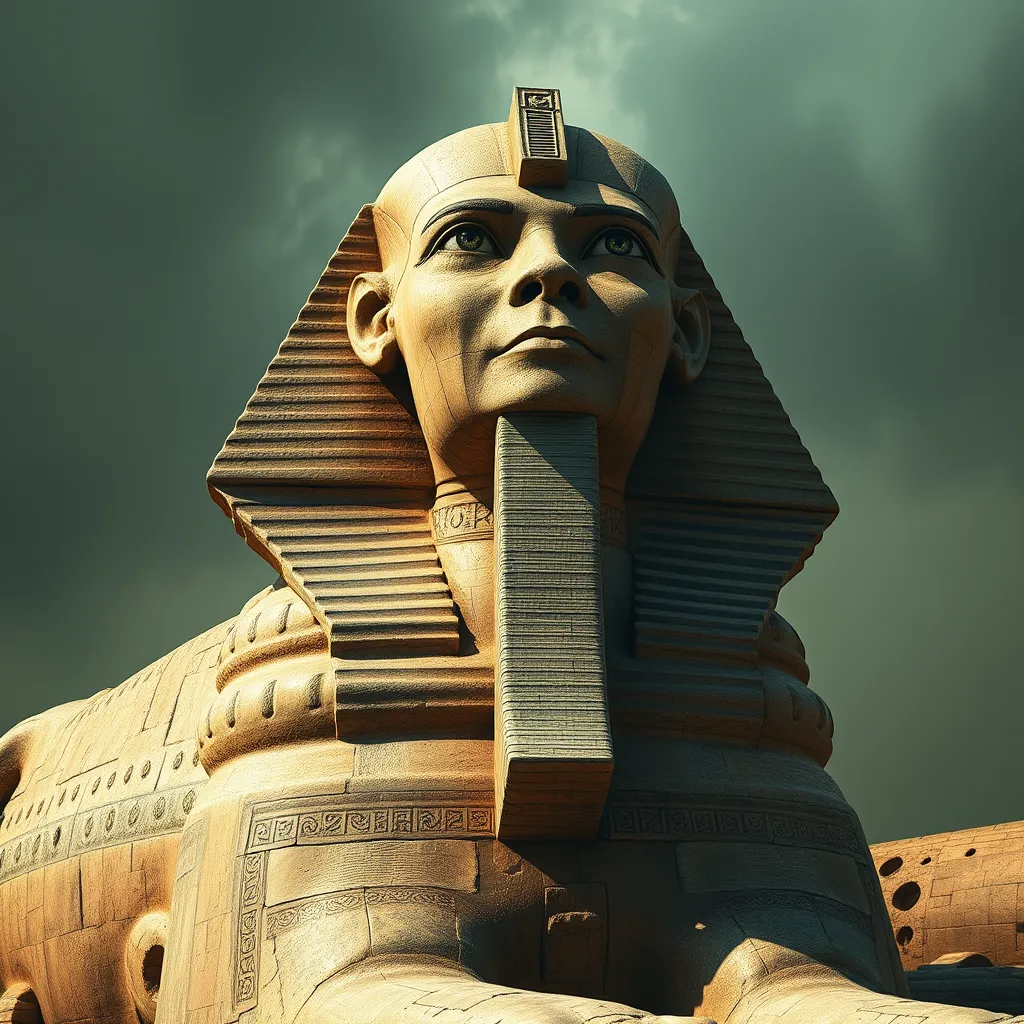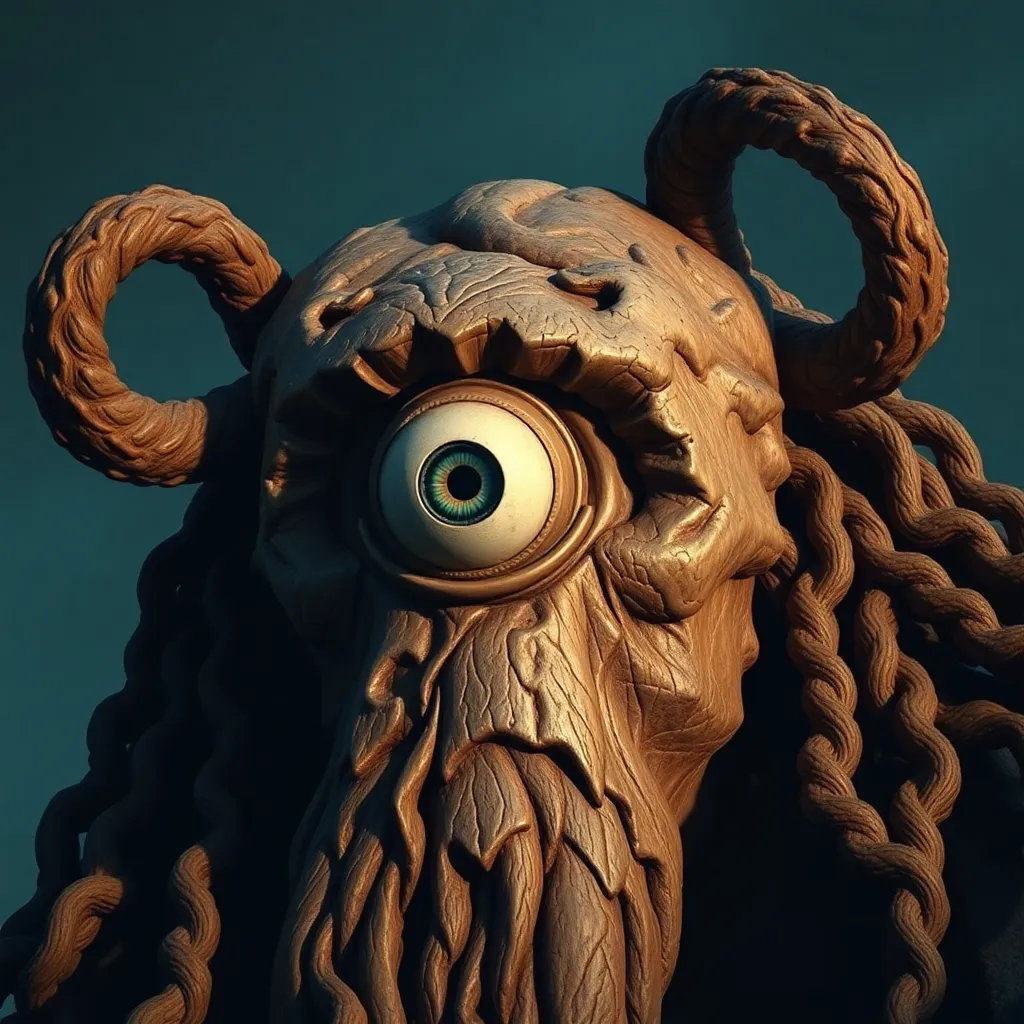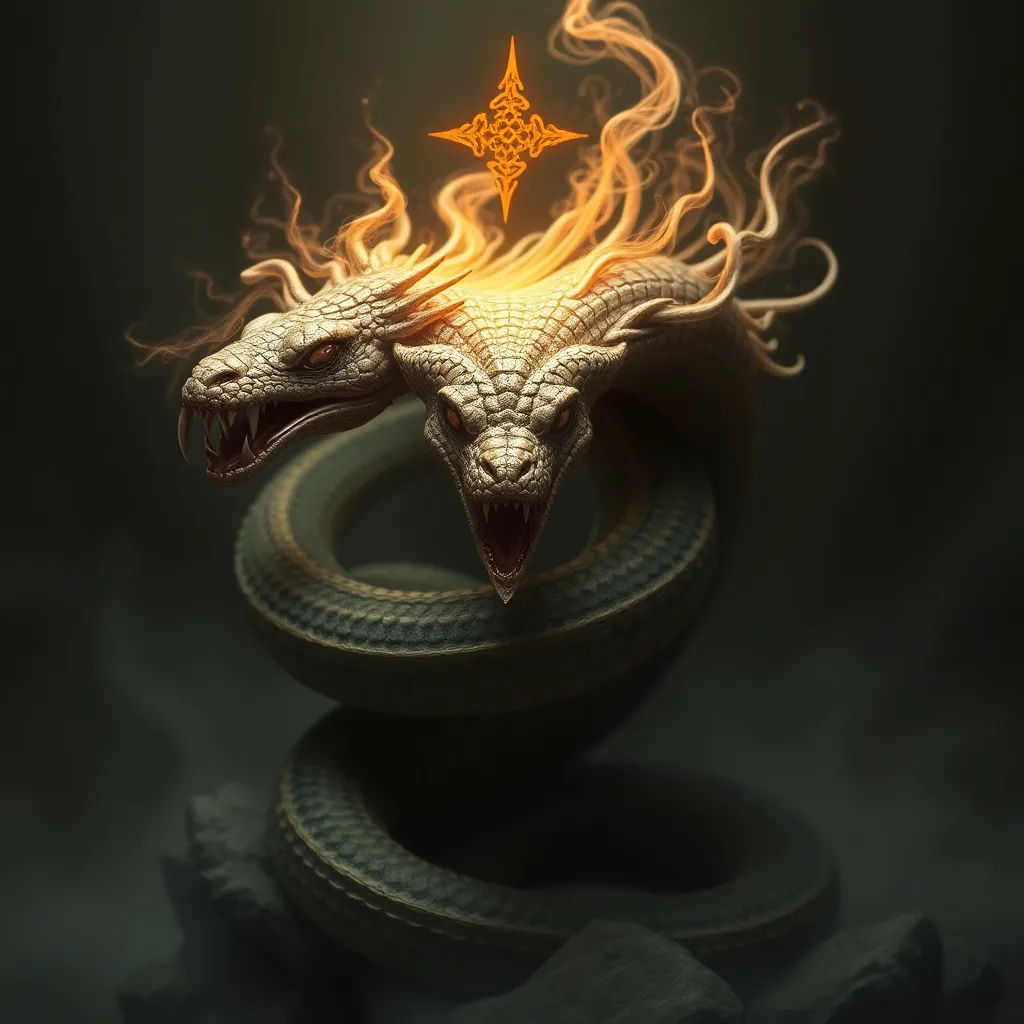The Riddle of the Sphinx: Unraveling the Mystery of the Theban Sphinx
I. Introduction
The Sphinx has long been a figure of fascination in mythology, a creature that elicits both awe and fear. With the body of a lion and the head of a human, the Sphinx embodies complexity and duality, serving as a bridge between the earthly and the divine. Among the various representations of the Sphinx, the Theban Sphinx stands out as a pivotal figure in ancient Greek culture, especially in the context of the tragic tale of Oedipus.
This article aims to explore the riddle of the Sphinx, its historical significance, and the profound lessons it imparts. By delving into the origins and implications of this enigmatic creature and its riddle, we can better understand its place in mythology and its lasting impact on literature and philosophy.
II. Historical Context of the Sphinx
The Sphinx has its roots in both Egyptian and Greek mythology, often serving as a symbol of mystery and guardianship. In Egyptian mythology, the Sphinx was typically depicted as a benevolent protector, often associated with the pharaohs and the afterlife. Its Greek counterpart, however, took on a more ominous role, particularly in the legends surrounding Thebes.
The Theban Sphinx is closely tied to the legends of Thebes, a city that was central to many Greek myths. The Sphinx was said to have terrorized the city, posing riddles to travelers and devouring those who could not solve them. This connection between the Sphinx and Thebes highlights the creature’s role as both a guardian and a harbinger of doom.
III. The Riddle of the Sphinx
One of the most famous aspects of the Sphinx is its riddle, which it posed to anyone attempting to enter Thebes. The riddle is formulated as follows:
- “What walks on four legs in the morning, two legs at noon, and three legs in the evening?”
This riddle serves not only as a test of intellect but also as a profound metaphor for the stages of human life. The symbolism behind the riddle can be interpreted in various ways:
- Four Legs: Represents an infant crawling on all fours.
- Two Legs: Symbolizes an adult walking upright.
- Three Legs: Reflects an elderly person using a cane.
Thus, the riddle encapsulates the essence of human existence, highlighting the journey from infancy to old age.
IV. Oedipus and the Encounter with the Sphinx
Oedipus, a central figure in Greek tragedy, is perhaps best known for his fateful encounter with the Sphinx. Born to King Laius and Queen Jocasta of Thebes, Oedipus was destined for tragedy, but he did not know it at the time of his encounter with the Sphinx.
When Oedipus reached the gates of Thebes, he faced the Sphinx, who demanded he solve her riddle. Unlike many before him, Oedipus successfully answered:
- “Man.”
By solving the riddle, Oedipus freed the city from the Sphinx’s curse, but his victory set into motion a series of tragic events that would ultimately lead to his downfall. This encounter highlights the duality of knowledge and ignorance, as Oedipus’s triumph over the Sphinx foreshadows his tragic ignorance of his own identity and fate.
V. The Sphinx as a Symbol of Knowledge and Truth
The Sphinx serves as a guardian of knowledge, a figure that challenges individuals to seek truth and understanding. The riddle she poses is not merely a test of wit but a deeper inquiry into the nature of human existence. This aspect of the Sphinx invites reflection on several philosophical themes:
- The Quest for Knowledge: The Sphinx embodies the idea that knowledge is essential for survival and understanding.
- Existential Reflection: The riddle prompts individuals to consider their own lives and the passage of time.
- Confrontation with Truth: Engaging with the Sphinx symbolizes the necessity of confronting uncomfortable truths about oneself and existence.
VI. The Legacy of the Sphinx in Literature and Art
The Sphinx has left an indelible mark on literature and art throughout history. In ancient art, the Sphinx was often depicted in sculptures and pottery, illustrating its importance in cultural narratives. The depiction of the Sphinx in Greek vase painting and sculpture often emphasizes its dual nature as both a protector and a threat.
Over the centuries, the Sphinx has inspired countless works of literature, including:
- Oedipus Rex by Sophocles: The classic tragedy that centers on Oedipus’s encounter with the Sphinx.
- The Sphinx by Charles Perrault: A later interpretation that reflects on the Sphinx’s riddles.
- Modern adaptations: Various films and novels have drawn upon the imagery and themes associated with the Sphinx.
In modern culture, the Sphinx often appears as a symbol of mystery and enigma, reflecting humanity’s ongoing fascination with the unknown.
VII. The Sphinx in Archaeology and Science
Archaeological discoveries have shed light on the historical context of the Sphinx. Excavations in Thebes and Egypt have uncovered artifacts that highlight the Sphinx’s significance in ancient civilizations. Scholars have debated the origins and meanings of the Sphinx, with various interpretations emerging over time.
Contemporary research continues to explore the mysteries of the Sphinx, including:
- Archaeological finds: Discoveries that provide insight into the symbolism and function of the Sphinx in ancient societies.
- Historical interpretations: Ongoing debates among scholars regarding the Sphinx’s role and meaning in different cultures.
- Scientific studies: Modern technology applied to ancient structures, revealing more about their construction and purpose.
VIII. Conclusion
The Sphinx remains a significant figure in mythology and culture, symbolizing the intertwined nature of knowledge, truth, and existence. Its riddle continues to challenge and inspire, offering profound lessons about the human condition. The legacy of the Theban Sphinx endures, serving as a reminder of the importance of seeking wisdom and confronting the complexities of life.
As we reflect on the enigmatic nature of the Sphinx, we are reminded that the pursuit of knowledge is an essential aspect of the human experience, one that invites us to explore the depths of our existence and the mysteries that lie ahead.



